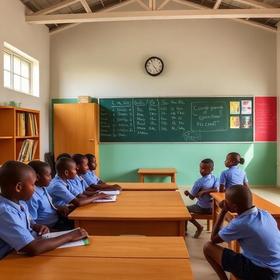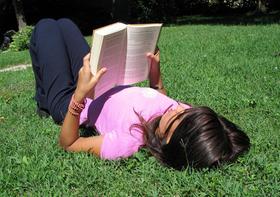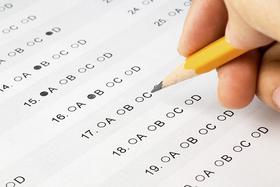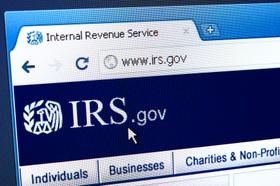What’s a Private School?
A 2025 Parent and Educator Guide
Private schools have long been a cornerstone of American education, offering families choices beyond their local public district. But in 2025, the definition of “private school” is more diverse and dynamic than ever. With nearly 4.7 million students enrolled across more than 30,000 schools nationwide, private education spans independent, religious, boarding, Montessori, Waldorf, STEM-focused, arts-centered, and even hybrid online models.
For parents asking what’s a private school, the answer now includes both traditional institutions with deep histories and innovative schools that harness artificial intelligence and personalized learning. Understanding these differences is essential when evaluating whether private education is the right fit for your child.
Defining a Private School in 2025
At its core, a private school is an institution of learning independently funded through tuition, endowments, and donations rather than taxpayer dollars. Unlike public schools, which must follow state-mandated curricula, private schools enjoy greater flexibility in curriculum design, teacher hiring, and instructional methods.
This autonomy allows schools to specialize—whether in advanced college-prep programs, religious instruction, arts immersion, or individualized learning tracks. According to the National Association of Independent Schools (NAIS), more than 60% of private schools in 2024 adopted a hybrid or personalized learning model, blending in-person instruction with technology-driven tools.
Types of Private Schools
Private education is not monolithic. Parents exploring what a private school is will find a spectrum of options, including:
Independent Schools: Fully self-governed, often college-preparatory, and supported by tuition and endowment.
Religious Schools: Catholic, Protestant, Jewish, Islamic, and other faith-based schools integrating spiritual development with academics.
Boarding Schools: Offering both day and residential programs, these schools provide immersive environments. Many are highlighted on BoardingSchoolReview.com.
Montessori and Waldorf Schools: Alternative philosophies emphasizing creativity, independence, and holistic development.
Specialized Schools: STEM academies, performing arts schools, and international baccalaureate (IB) programs.
The growing micro-schooling movement—small, often parent-led schools with fewer than 100 students—has also expanded post-pandemic, reshaping the private education landscape.
Tuition and Financial Aid in 2025
One of the first questions families ask when considering private school is cost. In 2025, average private school tuition in the U.S. is approximately $14,900 annually, but costs vary widely:
Catholic elementary schools average $6,000–$7,000 per year.
Non-sectarian day schools average $25,000–$30,000 per year.
Prestigious boarding schools often exceed $65,000 annually, rivaling private universities.
Despite rising costs, financial aid remains robust. Roughly 38% of private school students receive some form of need-based or merit-based assistance. Many institutions have expanded tuition flexibility through sliding-scale models and philanthropic endowments.
For parents comparing tuition, our resource on Private School Tuition Trends provides a state-by-state breakdown.
Admissions and Selectivity
Admission to private schools can range from highly selective to open-enrollment. Selective schools typically require:
Application essays and interviews
Academic transcripts and standardized test scores
Teacher recommendations
Sometimes entrance exams (ISEE, SSAT, or school-specific tests)
While elite independent schools may admit fewer than 20% of applicants, many private schools accept a majority of those who apply. In 2025, schools increasingly emphasize holistic evaluation, focusing on student potential, creativity, and community fit rather than standardized testing alone.
Academic Programs and Innovation
Private schools often serve as educational laboratories, piloting innovations before they reach public systems. In 2025, notable trends include:
AI-driven personalized learning platforms, adapting lessons to each student’s pace.
Global education programs, with nearly 25% of schools offering international exchanges or bilingual instruction.
Expanded STEM and coding curricula, often beginning as early as kindergarten.
Holistic wellness initiatives, pairing rigorous academics with mental health counseling, mindfulness, and physical education.
These offerings highlight why families ask what’s a private school when seeking tailored opportunities for their children.
Diversity and Demographics
Private schools today are more diverse than in previous generations. According to the most recent federal data:
29% of private school students are students of color, up from 23% a decade ago.
Hispanic and Asian enrollments are the fastest-growing segments.
International students represent about 3% of private school enrollment, concentrated in boarding and preparatory academies.
Efforts to diversify faculty are also underway, with nearly half of independent schools reporting increased hiring of teachers of color since 2020.
The Parent Perspective
Parents considering private schools cite several primary motivations:
Smaller class sizes and personalized attention
Safe, structured environments with strong community engagement
College preparation and access to competitive universities
Alignment with family values—whether faith-based or pedagogical
Extracurricular opportunities in arts, athletics, and leadership
In a 2024 Gallup poll, 74% of private school parents reported being “very satisfied” with their child’s education, compared with 46% of public school parents.
Expert Insight
“Private schools are as diverse as the families they serve,” says Dr. Angela Ramirez of the Center for Educational Choice. “When parents ask, what’s a private school, they’re navigating a spectrum—from faith-based institutions to AI-driven micro-schools—each offering distinct value and community.”
Looking Ahead
As American education continues to evolve, private schools remain both guardians of tradition and drivers of innovation. They provide families with choice, flexibility, and specialized programs that reflect diverse learning needs.
For families weighing options between public and private, our updated Private vs. Public Schools: 2025 Guide explores enrollment trends, funding models, and educational outcomes.
Ultimately, answering what’s a private school in 2025 requires recognizing that the category encompasses both centuries-old academies and experimental new models. What unites them is their shared mission: empowering students through intentional, high-quality education tailored to individual growth.













